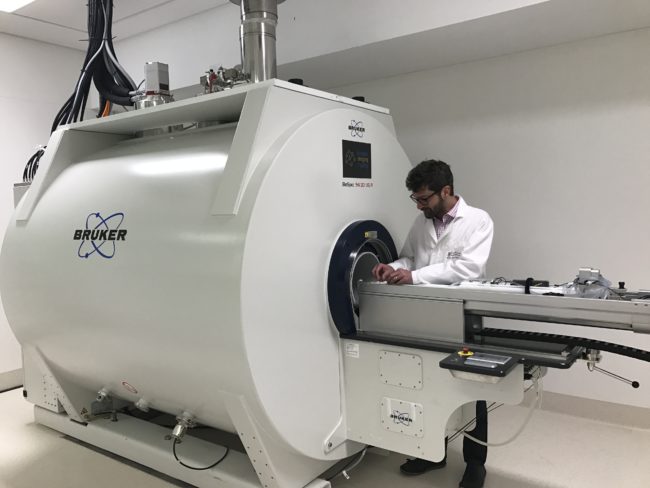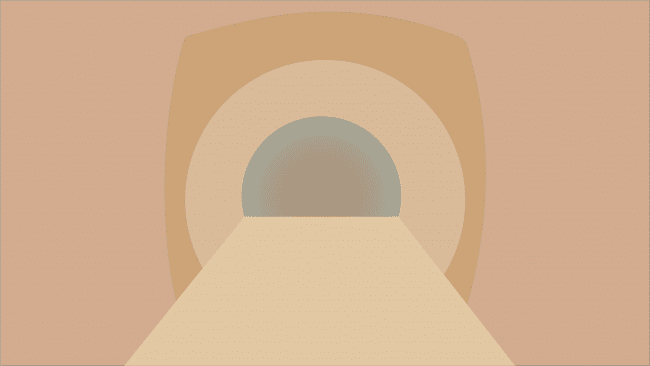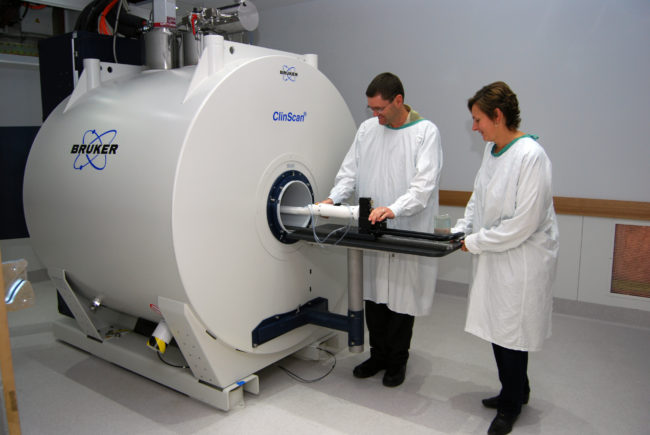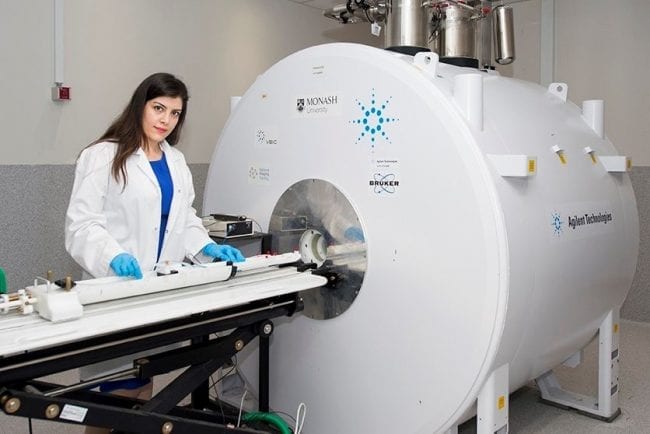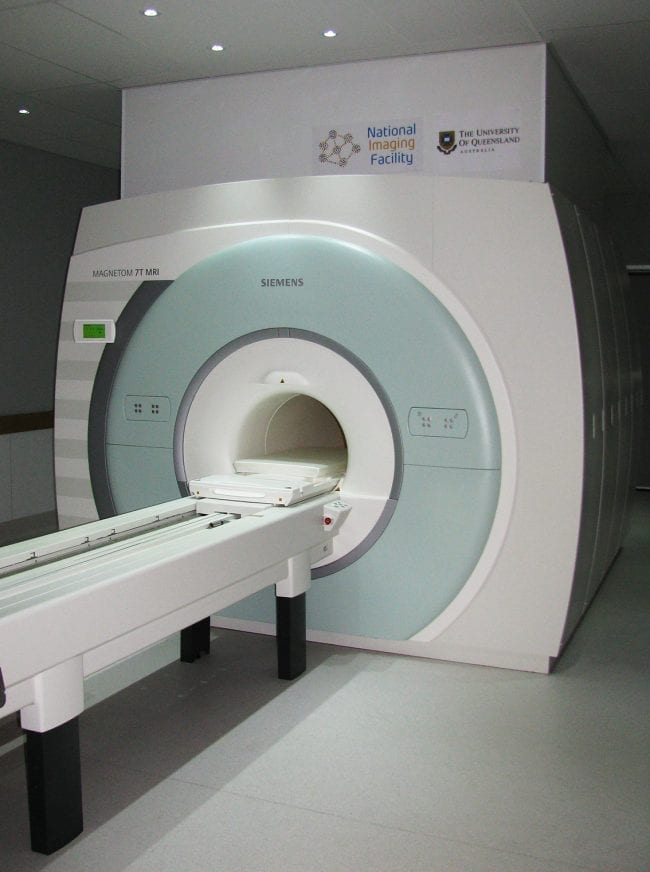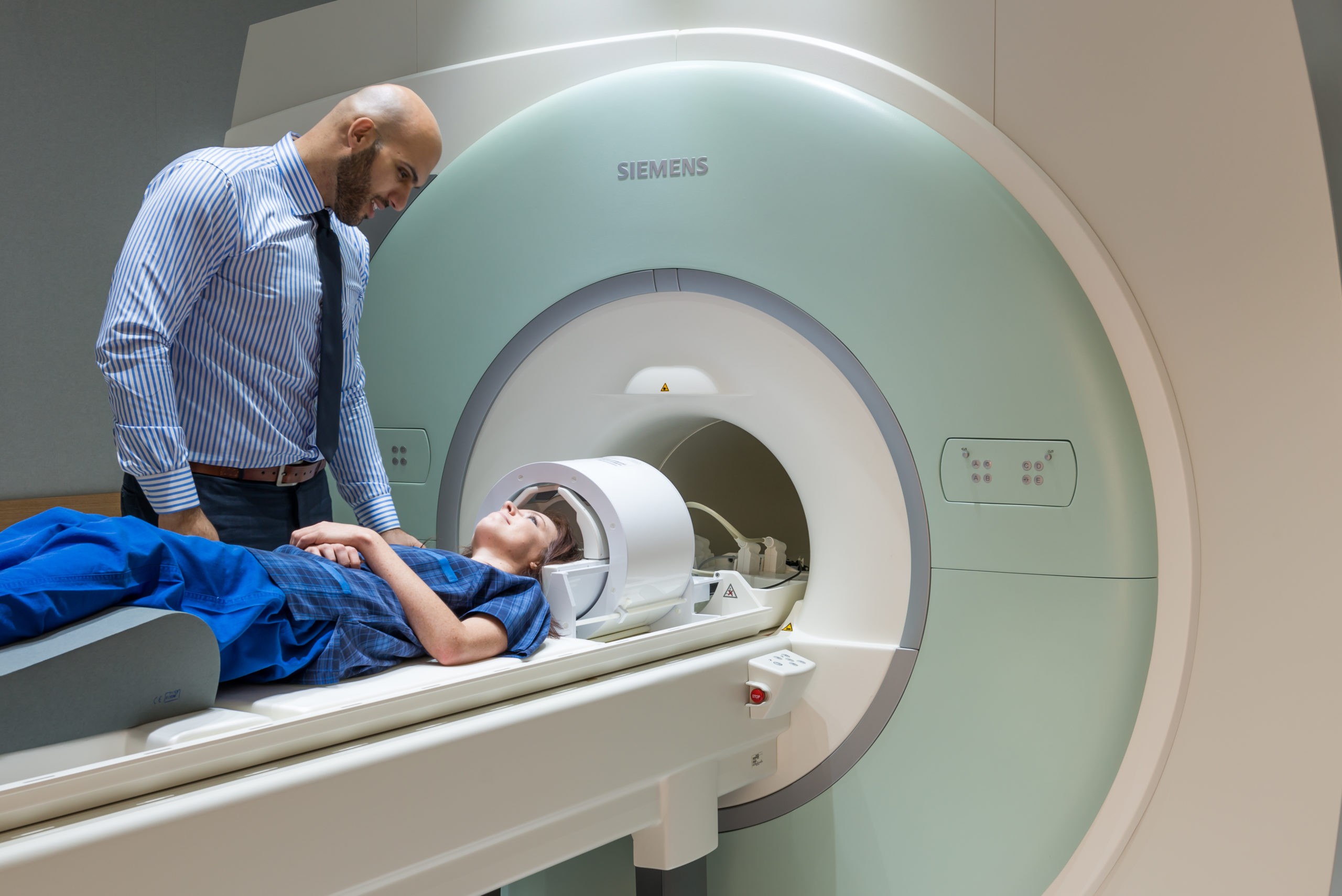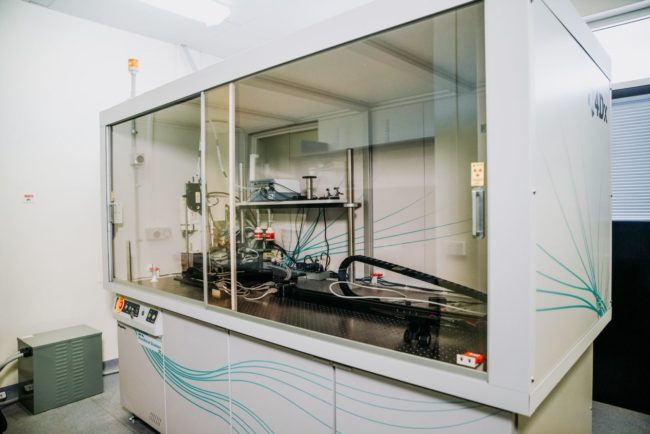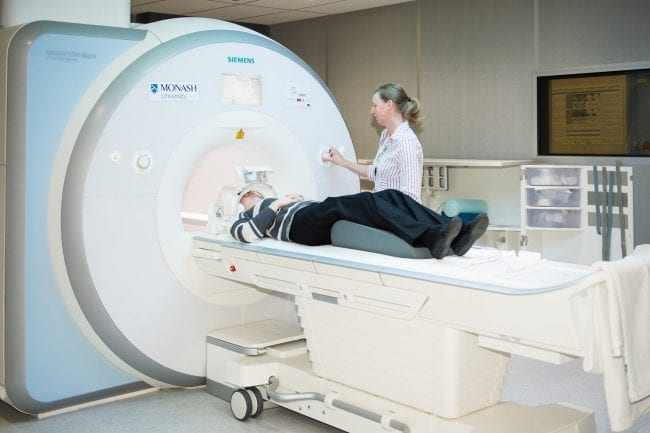9.4T Bruker Biospec MRI UWA
Bruker Biospec 9.4T Preclinical MRI

The Bruker BioSpec 9.4T MRI is a high performance multi-nuclear system for non-invasive high-resolution imaging and spectroscopy in preclinical, preserved sample, plant, and materials research.
A range of volume, surface, phased array, and cryogenic imaging coils as well as species specific heated beds are available to accommodate various preclinical needs, in addition to planar surface coils for materials applications. Three sizes and strengths of imaging gradients are available to best tailor the imaging capabilities to the diverse and individual needs of both preclinical and materials researchers.
This instrument has automatic hardware detection, an automatic animal positioning system, and the latest generation of parallel receive and transmit electronics to decrease experiment time without compromising image resolution or contrast.
Anatomical imaging studies
Preclinical functional MRI (fMRI)
Diffusion tensor imaging (DTI)
MR spectroscopy
Multi-nuclear MRI (H-1, C-13, F-19, Na-23, P-31)
Preclinical cardiac imaging


